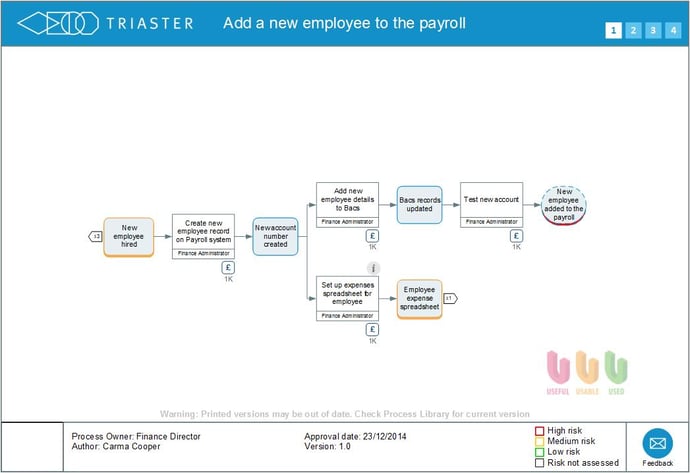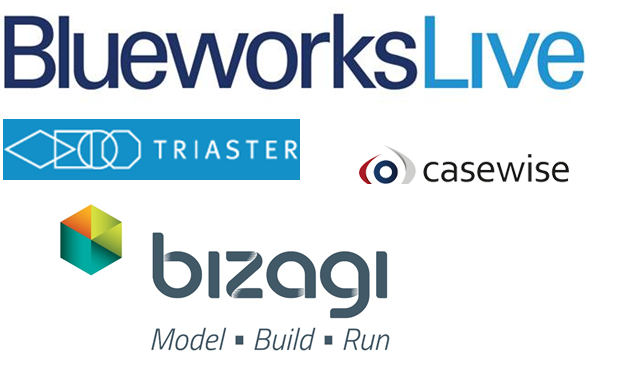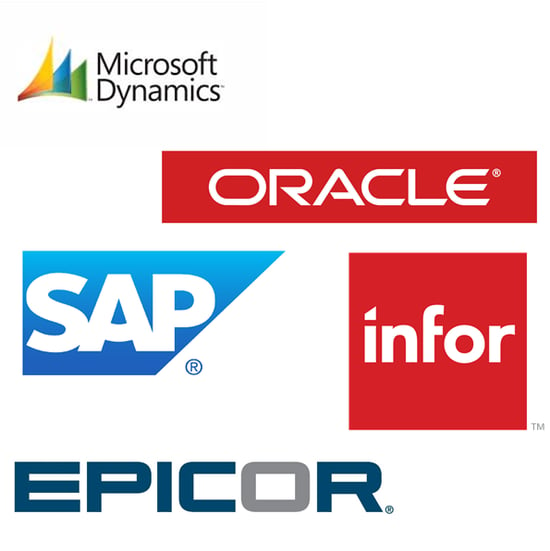What are the differences between Business Process Management (BPM) and Enterprise Resource Planning (ERP) Systems?
Isobel WittsBusiness Process Management (BPM) and Enterprise Resource Planning (ERP) systems are often confused and whilst there are some similarities between them, there are also some key differences. Both systems are generally implemented into an organisation to help increase efficiency, reduce costs and increase profit, but which system you choose will ultimately depend on the specific goals and functional needs of your organisation.
Before we get into the similarities and differences between the two systems, let’s start with an overview of what each system does and what it is commonly used for.
What is a Business Process Management System?
Business Process Management is an approach that focuses on capturing and improving business processes to make an organisation more efficient. This can be achieved by first capturing an organisations’ current-state end-to-end processes and then documenting the steps in process maps. An example process map can be seen below.

Once a department’s processes (or even the organisation as a whole) have been mapped out, you can begin to see where the inefficiencies and bottlenecks lie. This insight allows you to make informed changes to each process to reduce costs and improve overall efficiency.
Most companies, when undertaking a business improvement initiative, will consider implementing a dedicated BPM system to help them model, analyse and optimise processes to drive the business transformation forward.
What is Business Process Management used for?
BPM can be implemented across a variety of a different business sectors to accomplish a vast array of different goals and objectives. Some examples are below:
- In healthcare: to improve patient-centric processes and give a better quality of care
- In manufacturing: to identify and reduce inefficiencies in a production line to reduce bottlenecks
- In construction: to identify potential health and safety risks and make staff aware of the policies and procedures in the workplace
- In finance: to comply with Financial Conduct Authority (FCA) regulations
To read about these examples and more, visit our case studies page, where you can find real success stories from some of our customer, or read our article:
What problem does Business Process Management (BPM) solve?

What is an Enterprise Resource Planning System?
Enterprise Resource Planning is a software system that consists of a number of integrated applications that are used to collect, store, manage and analyse data from several different business activities, such as:
- Purchasing and invoicing
- Payroll
- Inventory management
- Manufacturing
ERP systems allow a business to view its core processes in real-time using a series of integrated databases and tracks resources relating to different business areas, such as cash, raw materials and current stock levels. An ERP system primarily stores key information, but some high specification platforms do have some process analysis and improvement capabilities too.

What is Enterprise Resource Planning used for?
ERP is most commonly used in manufacturing, where there are several interrelating processes that describe key operations such as:
Lead to cash
- Customer management
- Sales order processing and quoting
- Invoicing
- Shipping etc
Procure to pay
- Purchase order processing and management
- Goods in
- Payment of external invoices
- Inventory management etc
However ERP is not limited to manufacturing alone. Many other sectors such as finance, health and defense use ERP systems for similar purposes; but may also use additional capabilities such as Human Resource planning or project management.
What are the differences between Business Process Management and Enterprise Resource Planning systems?
The main difference between BPM and ERP systems is that BPM is much more process-focused, whereas ERP tends to be limited to organisational functions. If you are looking for a system to house and automate some core business processes then ERP is likely to be a good option for you. However if you want the additional business analysis and improvement capabilities that a BPM system brings, then this will be a much better option.
It is important to note that BPM can be used to actively support an ERP implementation and its management going forward. For more information on this, please read our article:
BPM is also a great way to implement a culture of continuous improvement in your organisation, and, here at Triaster, we offer a system to solve your business process management and improvement challenges. If any of the below statements sound familiar, we would love to hear from you.
- ‘Our business processes are inefficient and are wasting money.’
- ‘We need to make improvements but we are not sure what the implications might be.’
- ‘We are struggling to align quality objectives with our strategic objectives.’
Related articles:
Written by Isobel Witts
Isobel joined Triaster in September 2014 as our Customer Success Administrator. After about a year in the role she decided marketing was where her main interest lay and she began working with Emma as a new Triaster website was developed and the Triaster blog was started. The move was very successful, resulting in her moving full time into a marketing role, firstly at Triaster and subsequently for a local marketing agency.
